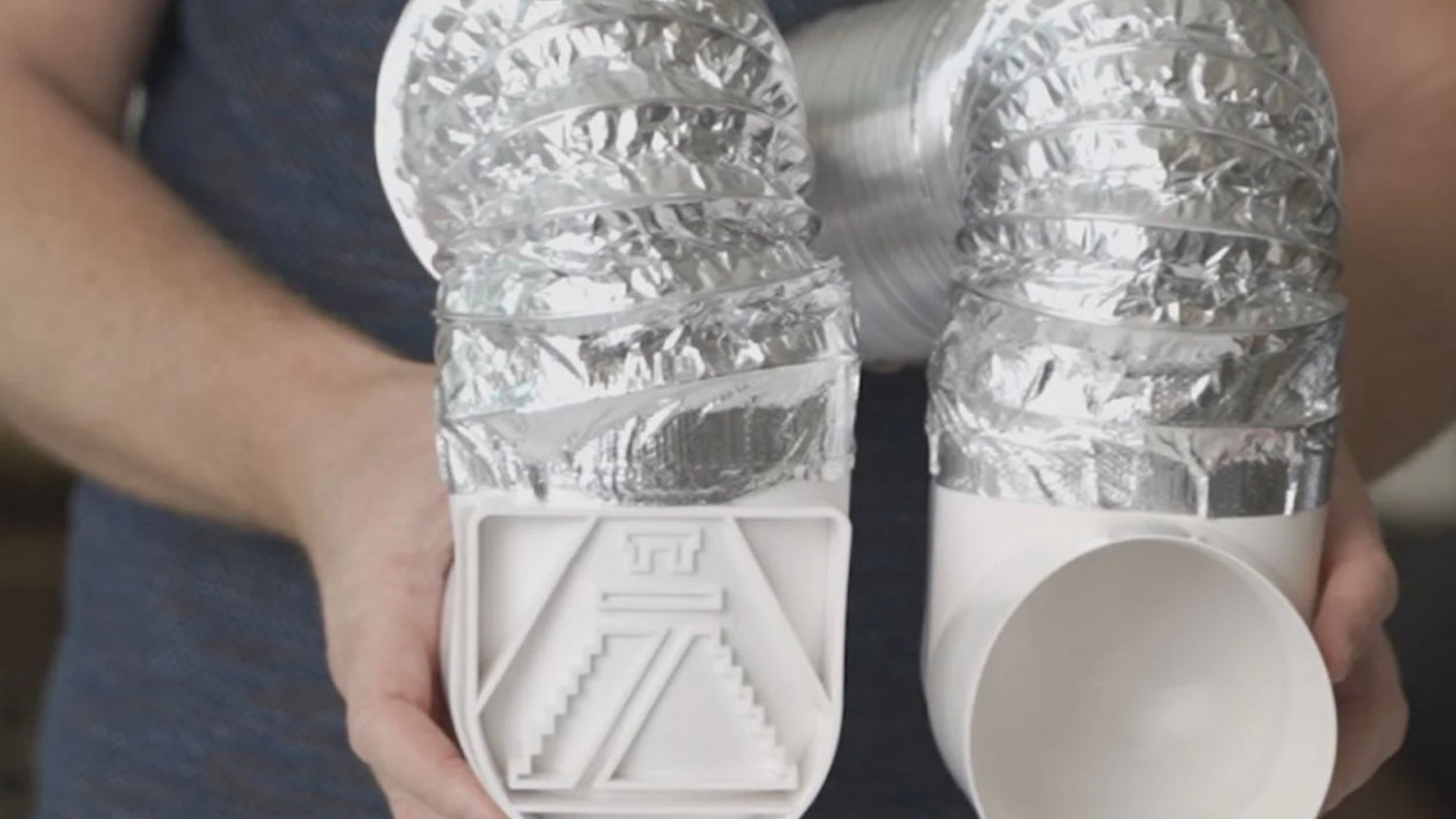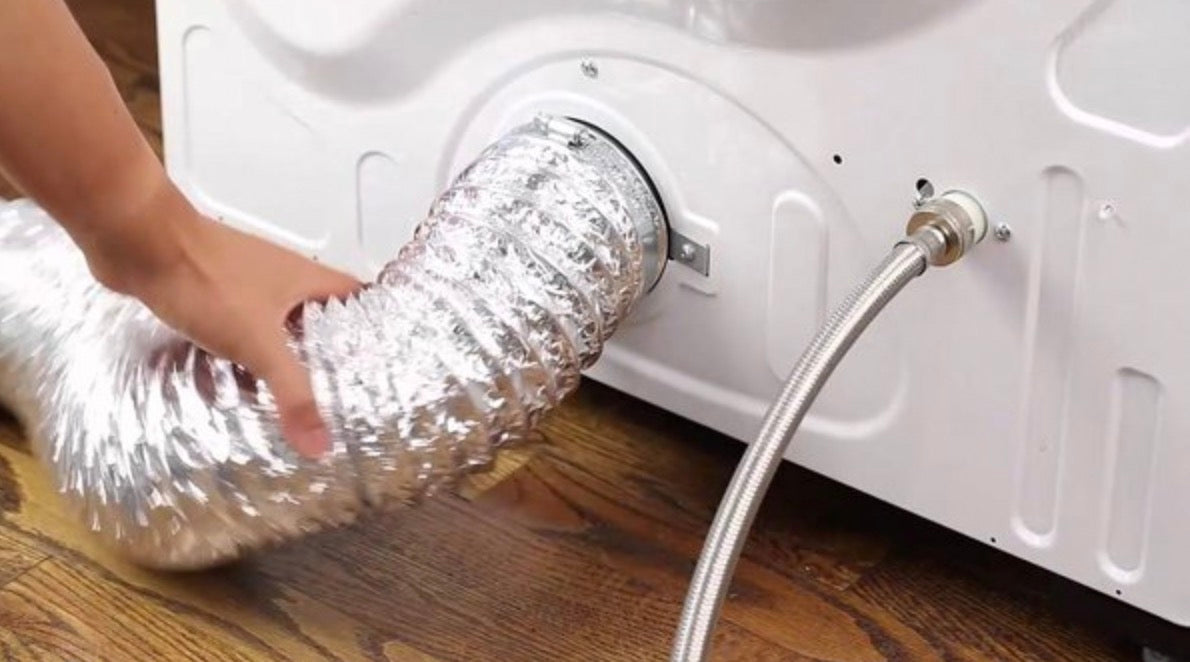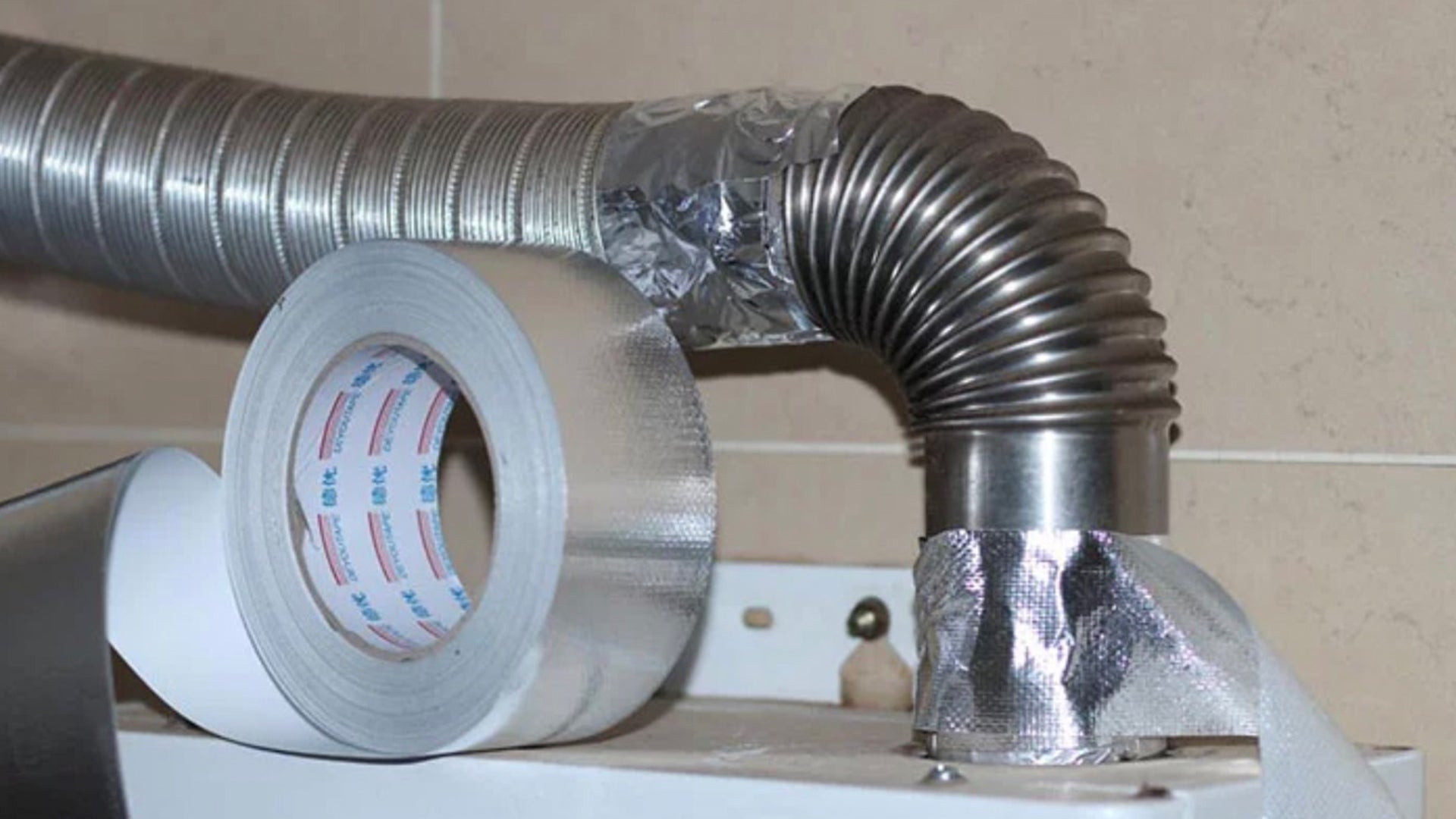1. Flexible Aluminum Foil Duct
This type of duct is lightweight and easy to install, making it a popular choice for many homeowners. It's made from flexible aluminum foil which can be bent into shape, allowing for easy routing around obstacles. However, it's prone to crushing and kinking, which can restrict airflow and increase the risk of lint buildup and fire hazards.
2. Semi-Rigid Aluminum Duct
Semi-rigid aluminum ducts are more durable and resistant to kinking and crushing compared to flexible aluminum foil ducts. They offer better airflow and are less likely to harbor lint. While they are slightly harder to install due to their rigidity, they are generally considered a safer and more efficient option.
3. Rigid Metal Duct
Considered the safest and most durable option, rigid metal ducts are made from solid metal that cannot easily be crushed or kinked. They provide the best airflow, are the least likely to accumulate lint, and are highly recommended by safety experts. However, their installation can be the most challenging as they require precise cutting and fitting.
4. Slim Duct
Also known as periscope ducts, slim ducts are ideal for tight spaces where the dryer is close to the wall. They help save space and reduce the duct's protrusion from the back of the dryer. While convenient for tight installations, their narrow shape can restrict airflow more than other types of ducts.
Key Considerations:
Material: Always opt for metal ducting over plastic or foil, as metal is more durable, provides better airflow, and is less flammable.
Length and Route: Keep the vent path as short and straight as possible to maximize airflow and reduce the risk of lint buildup and fire. Avoid excessive use of elbow connectors and long runs.
Building Codes and Manufacturer Recommendations: Check local building codes and your dryer manufacturer's installation guidelines to ensure compliance with safety standards.
Conclusion
The best type of dryer vent hose depends on your specific situation, including the layout of your laundry area and local building codes. Rigid metal ducts are typically the safest and most efficient choice, but if flexibility is necessary due to space constraints, semi-rigid aluminum ducts are a safer alternative to flexible foil. Always prioritize safety and efficiency to ensure your dryer operates effectively and minimizes the risk of fire. Regular maintenance and cleaning of whichever vent hose you choose are vital to prevent fires and keep your dryer running efficiently.



